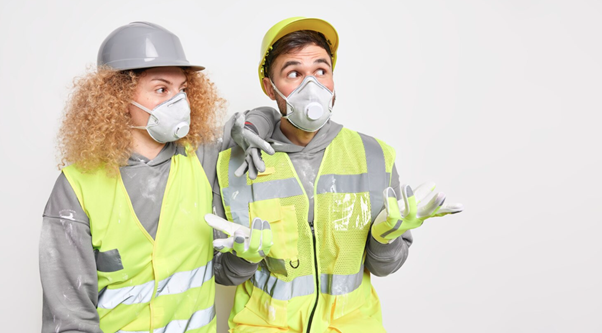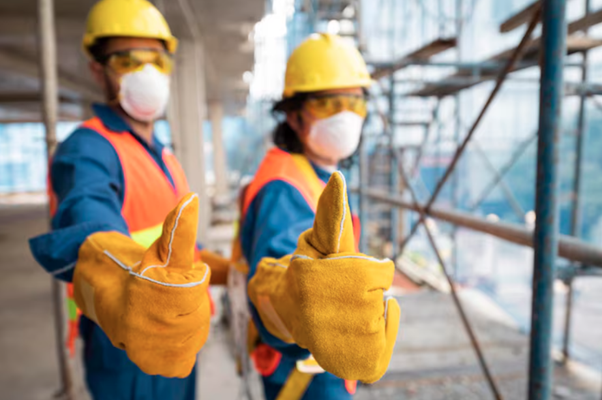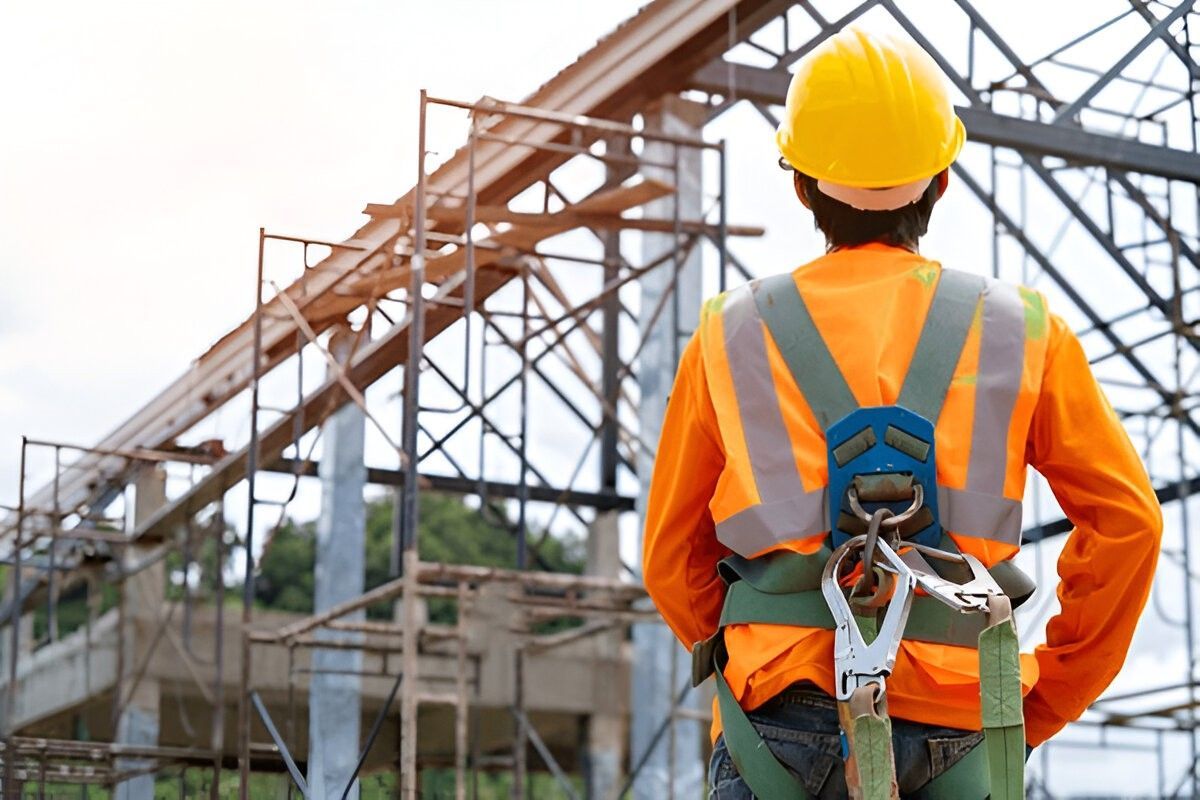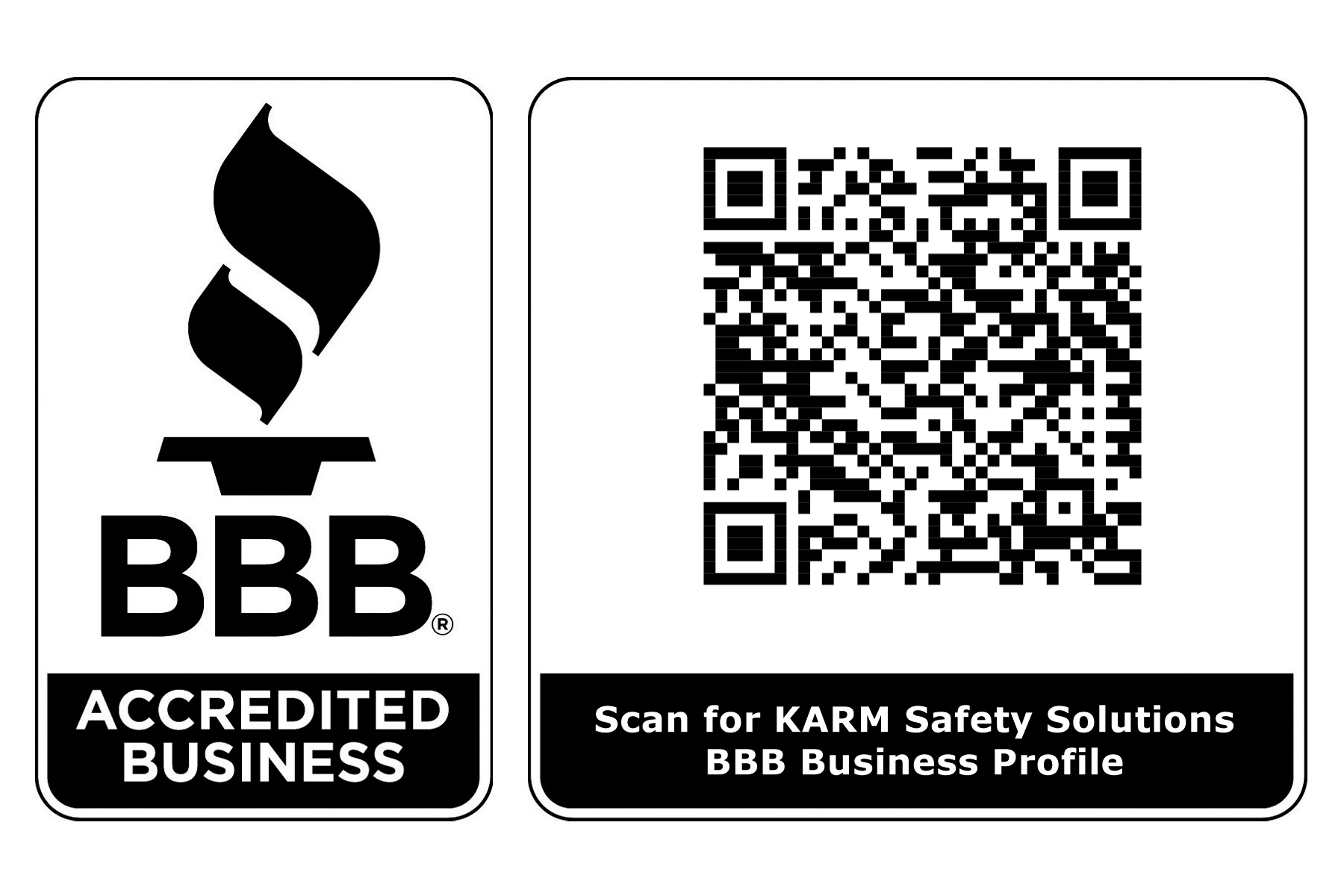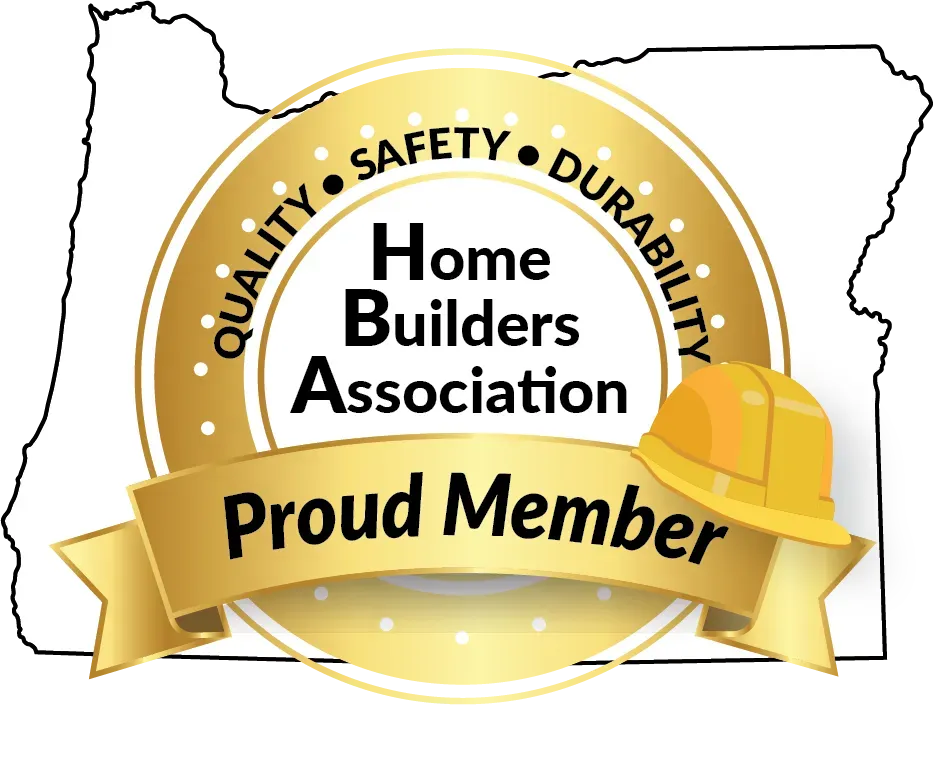Define a Competent Person: Responsibilities, Roles, and Requirements
To define a competent person is to recognize the backbone of jobsite safety. OSHA outlines this role as someone who is capable of identifying existing and predictable hazards in the surroundings or working conditions and has the authority to take corrective actions promptly. This person must have both the knowledge and the authority to act. Construction, excavation, scaffolding, and confined spaces are all high-risk tasks that demand a competent person to lead and safeguard the crew. Without this designation, the risk of injury and non-compliance increases drastically.
What Makes a Person ‘Competent’?
A competent person is not just experienced. OSHA requires this individual to have the training and the authority to stop work and implement safety measures without waiting for approval. Their decision-making affects lives on-site, so expertise alone isn’t enough confidence backed by regulatory understanding is essential. This means understanding not just the task at hand, but also the broader safety protocols surrounding it. This role is often formalized through structured evaluations and practical assessments.
Jobsite Safety Starts with the Right Oversight
From trench inspections to scaffolding assessments, having the right person in charge can prevent life-threatening mistakes. A competent person must conduct daily inspections, assess changing conditions, and spot non-compliant practices before accidents occur. Their presence is not optional it’s required for legal and safety compliance on certain job tasks. Proper oversight can also reduce downtime, improve communication across teams, and ensure the worksite meets both internal and external safety audits.
Required Training and Practical Knowledge
It’s not enough to have years in the field. Training in OSHA standards, job-specific risks, and site protocols ensures the individual knows what to look for and what to do about it. If it’s recognizing soil instability or detecting confined space dangers, their decisions must be backed by structured learning and field application. Many industries now require refresher sessions at regular intervals to maintain active competence.
Key Responsibilities Across Various Worksites
While responsibilities vary by task, a competent person often:
- Inspects scaffolding before each shift
- Reviews excavation safety daily
- Monitors confined spaces for hazards
- Assesses fall protection equipment and usage
- Ensures compliance during demolition operations
They may also be called to deliver on-site safety briefings, document near-misses, and enforce lockout/tagout procedures. Their task is to prevent harm, ensure safe operations, and document compliance as required by law.
Recognizing Common Hazards Without Delay
One of the most important skills of a competent person is hazard recognition. These individuals must evaluate environmental conditions, equipment wear, and unsafe practices in real-time. The ability to act immediately without needing further permission is what separates a general worker from a certified site safety lead. Quick judgment, supported by clear documentation and real-world knowledge, makes their decisions trusted and enforceable.
Authority to Act Isn’t Just a Title It’s a Legal Duty
OSHA’s definition is clear: this role must include the authority to take corrective measures. Without this, no matter how experienced a person is, they do not meet the requirement. Having authority protects workers from delays in decisions, especially in emergencies. The role empowers individuals to shut down unsafe operations until proper corrections are made.
Why Competent Person Designation Can’t Be Ignored?
Failing to appoint and properly train a competent person can lead to serious violations, injuries, and shutdowns. Safety audits often begin with questions about this designation. Organizations without documented, designated, and trained competent persons are exposed to higher risk and legal consequences. From small construction crews to industrial projects, every team benefits from a trained authority figure overseeing risk.
The Bottom Line:
Workplace safety depends on trained eyes and quick action. That's why competent person fall protection training is essential, especially in high-risk environments. At Karm Safety Solutions, we ensure that our programs go beyond theory. Our courses prepare personnel for real-world site conditions and responsibilities, equipping them with the skill and legal understanding needed to step into the role with confidence. If you’re responsible for worker safety, it’s time to ensure your team is supported by properly trained leaders who meet OSHA’s expectations.
Equip your workforce with the skills that matter. Reach out to Karm Safety Solutions today to schedule your OSHA-compliant competent person training and ensure your team is prepared, certified, and safe.
